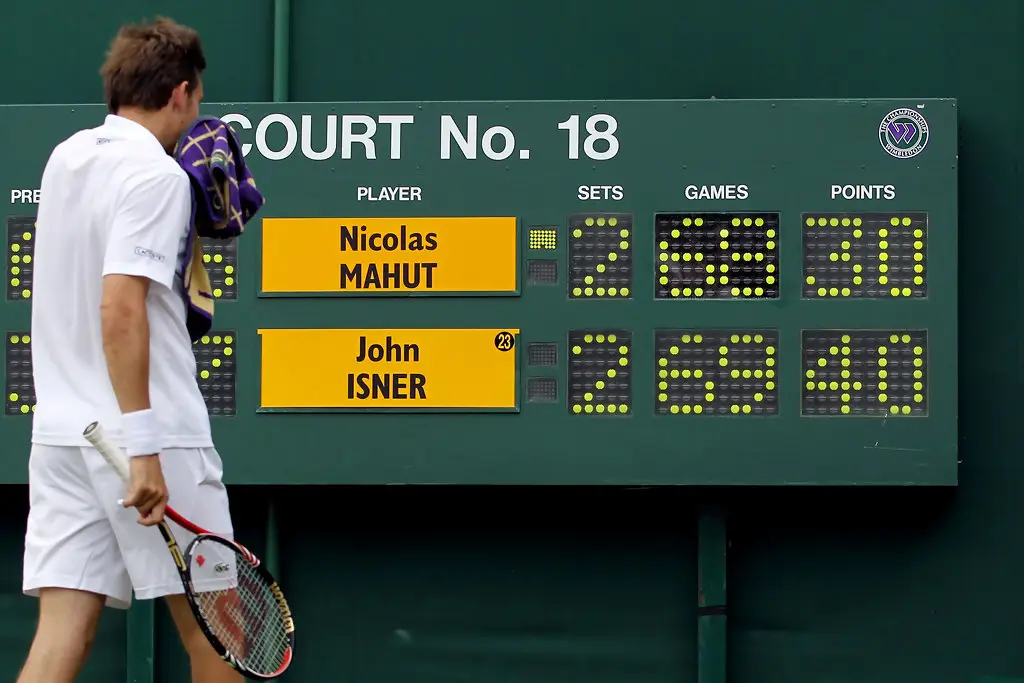
When the legends of big tennis step onto the court, history begins to accelerate. In every movement, there is the dynamics of epochs, in every strike, a vector of influence. Sports not only change, they rebuild, adapt, and explode with new records. Evolution doesn’t set the pace—it catches up with it. Let’s talk in the …

Understanding the rules of tennis, beginners are often lost in the nuances of the score. Why 15, then 30, and then suddenly 40? Where do these numbers come from and what do they mean? Counting points in tennis does seem confusing, and we will try to reveal the system clearly, tell all the subtleties and …